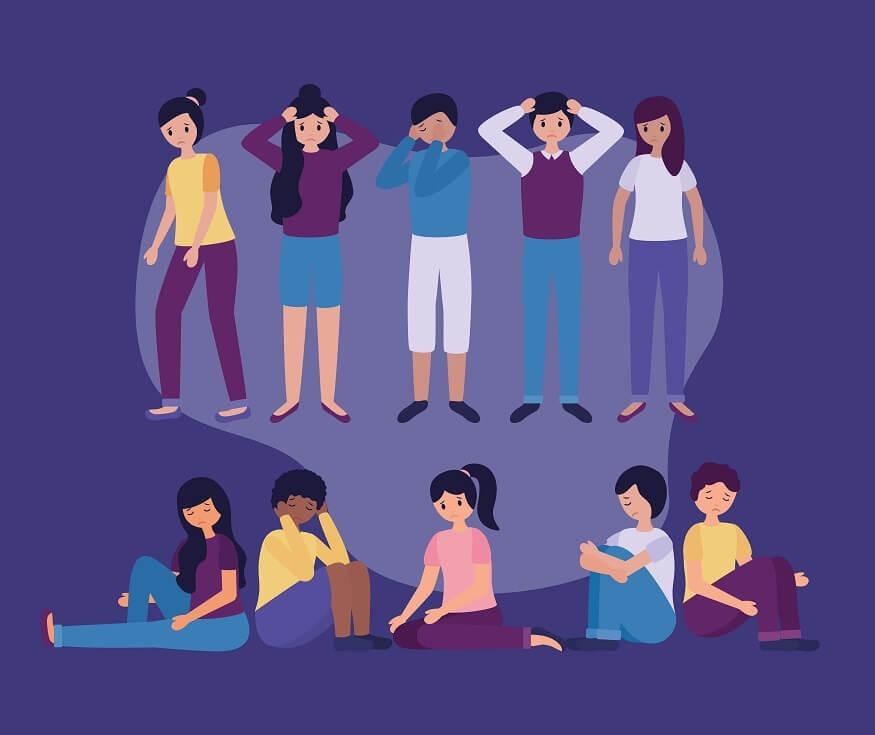
Adolescence is a transitional phase of development between childhood and adulthood. An adolescent is someone aged between 10 and 19. These are usually seen as the years of life meant for exploring one’s interests and enjoyment.
However, the emergence of the internet in the last two decades, along with other factors such as inflation, migration, loss of connection among families, isolation, and increasing instances of mental health issues, have negatively affected adolescents.
Adolescence: A psychological drama
A television series released in February 2025, Adolescence directed by Philip Barantini, is about thirteen-year-old Jamie Miller, who is accused of murdering one of his classmates. This show delves into the multi-faceted reasons that children lash out and gives a raw, unfiltered, and deeply realistic view of what adolescents go through. With only four episodes, unconventional direction, and impeccable acting, the series showcases scenes that makes one question their opinions on teenagers. The series highlights the growing disconnection between parents and their children.
Adolescence portrays psychological changes in areas like puberty, cognitive development, psycho-social development, and sexuality. It reminds viewers of the need and importance of meaningful conversations and guidance from trusted adults on how to navigate the turbulent age of growing up. It also shows the negative and extreme results of a neglected teen. A major highlight is the show’s sensitive depiction of the way teens seek affection and communication. It delves into the dangerous impact of social media and gender socialization on the mentality of teenagers.

The subconscious socialization
Gender socialization is a social process by which cultural norms and expectations about gender roles; behaviour and their identities are internalized. For example, media constricting women to household chores where the man is the main earner of the family leads to a skewed perception of gender roles. These patriarchal schools of thought often force women into being relegated to be the object of men’s desires, making them feel unsafe, be it inside their homes or outside. Conversely, such prejudice might negatively affect men as well.
In a survey where people were asked questions regarding the misconceptions that people might have of the opposite gender, more than half of the men said they felt misunderstood by women and that felt forced to be the providers of their families.

A key factor in reducing harmful stereotypes is effective communication between the genders. While it may seem easy for most, it may be one of the most difficult things to do for a handful of adolescents. Some suffer from being tongue-tied, shy, self-conscious, or anxious. Communicating with the opposite gender helps one to have a normal social life. A lack of genuine communication leads to misunderstandings, stereotyping, and stunted emotional development, as is shown in the series.
Growing issues within children’s mental health
In addition, adult neglect has increased for a number of reasons, including parental addiction and mental health issues. Many adults have a tendency to devote their time to their profession in an attempt to keep up with the escalating costs and demands. This might be for the future of both them and their offspring. But as a result, they are unable to spend time with their kids, which compels parents and children to lose their emotional bond. Work-related mental exhaustion and anger can occasionally lead to screaming, ignorance, annoyance, and in the worst situations, violence.
Such things break a child’s peace and sense of security. They start to feel scared and associate everything they do with their parents’ impulsive behaviour. This is how children slowly disconnect from their parents.

When faced with such uncertainty in their homes, adolescents might struggle to find an outlet for their thoughts, feelings, and emotions. This is where social media comes in.
Teenagers often crave validation and gain it easily through social media. This addiction to seeking validation from social media and peers, coupled with the unrealistic standards of lifestyle and beauty online, is one of the biggest reasons for insecurity and depression. Teenagers go to extremes such as starving, exercising until their bodies become sore, and even getting cosmetic surgery.
Conclusion
In the end, the series puts up a mirror to society. Though the series may be about a heinous crime committed by a thirteen-year-old, it attempts to reveal the societal evils of toxic masculinity, the sexualisation of women, gender socialization, and unrealistic standards of society. It reminds one that when young, impressionable teenagers are left to navigate these issues without proper guidance, it may lead to unsavoury results. This series is also a wake-up call for parents, teachers and adults everywhere. It’s a call for the adults to be there for their children.
Written by – Bhoomi Purohit
The post Adolescence – a shivering reality of gender socialization appeared first on The Economic Transcript.


